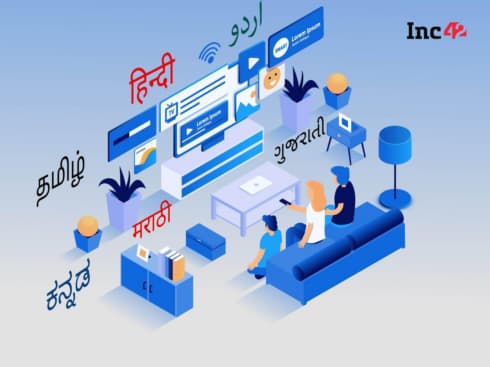
Paytm AshaKiran Is An Initiative By Paytm Payments Bank To Help Increase Awareness On Digital Financial Services In Rural India
Paytm Payments Bank, under its initiative Paytm AshaKiran, has partnered with the Grameen Foundation for Social Impact (GFSI) to provide self-employment opportunities in banking and finance to women and youth of rural India.
Paytm AshaKiran was launched in May this year as an initiative to help educate rural women about digital financial services and create new employment opportunities in small towns and cities in India’s formal banking systems.
The Grameen Foundation for Social Impact (GFSI), is a not-for-profit organisation that undertakes activities and services that impact the lives of low-income people. Working with partners, it makes financial services, health, and agricultural information accessible through the use of digital technology, human-centric design, and community-based agent networks.
Under this partnership, both Paytm and GFSI will provide job-oriented training to rural women and youth. The programme aims to increase financial literacy and inclusion among the unbanked and underbanked segments.
Renu Satti, MD and CEO, Paytm Payments Bank, said, “Our aim is to bring uninterrupted banking and financial services access to the remotest villages in our country. We will continue to focus our efforts towards supporting and educating rural women and youth, helping them move towards financial inclusion.”
Reaching Rural Women And Youth
The GFSI will leverage G-LEAP (Grameen Learning Platform), an Android-based mobile learning platform, and Grameen Guru, an augmented reality-based Chatbot application, to help train and equip people.
On the other hand, Paytm Payments Bank will render its holistic banking and entrepreneurship training as part of Paytm AshaKiran to help these individuals and promote self-employment.
According to Prabhat Labh, CEO of GFSI, this partnership brings together Grameen Foundation’s and Paytm Payments Bank’s unique strengths.
“GFSI has a strong base in technology-enabled learning, human-centred design, and deep understanding of barriers and challenges faced by underserved communities, which combined with innovative digital finance and payment products of Paytm Payments Bank will offer an effective and scalable solution for livelihood development and financial inclusion of women and youth,” he added.
In the first phase, a pilot has been planned for Nagpur district of Maharashtra, which will potentially reach out to over 300K people and provide them financial education and digital financial literacy by the end of the current financial year.
The project will continue to extend this opportunity to several smaller cities and towns across Maharashtra, Karnataka, Haryana, Andhra Pradesh, Uttar Pradesh, and other states across India.
The project will also build on the success of previous Grameen Foundation projects to digitise operations of microfinance institutions through Aadhaar Enabled Payments (AEPS), deploy interactive voice response-based learning, implement a business correspondent model in MFIs, and promote goal-based savings among low-income women.
Other Similar Initiatives By Paytm Payments Bank
With the launch of Paytm AshaKiran in May, Paytm also partnered with the United Nations Development Programme (UNDP) as part of its Disha project, which is supported by the IKEA Foundation and women-related organisations like SHEROES.
This collaboration aims to mobilise self-help groups and organise workshops in smaller cities and towns across Maharashtra, Karnataka, Haryana, Andhra Pradesh, and Uttar Pradesh.
Paytm Payments Bank is a mobile-first bank with zero charges on all online transactions (such as IMPS, NEFT, RTGS) and no minimum balance requirement. For savings accounts, the bank currently offers an interest rate of 4% per annum.
With a target of setting up 100K banking touchpoints, the company is now actively leveraging Paytm’s 7 Mn offline merchant base to reach people in rural India and semi-urban areas across the country.
Earlier, in June this year, Paytm also claimed to have driven digital payments across the country’s semi-urban and rural areas by enabling cashless transactions in more than three lakh villages.
Digitally Growing Rural India
According to reports, rural India witnessed a 14.11% Y-o-Y growth in the number of Internet users, which stood at 186 Mn at the end of December 2017.
Google has partnered with Tata Trusts and launched Internet Saathi to equip women in villages across India with basic digital literacy skills. Since its launch in 2015, Internet Sathi has trained 1.35 Mn women across 140K villages in 13 Indian states.
Further, the digital payments segment in India is poised to reach $500 Bn, contributing 15% to India’s GDP by 2020, according to a report by Google and the Boston Consulting Group, and cashless transactions in the consumer payments segment are expected to double to 40% in the next three years.































 Ad-lite browsing experience
Ad-lite browsing experience